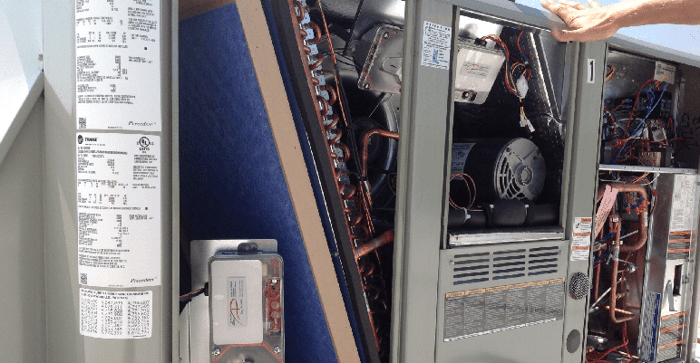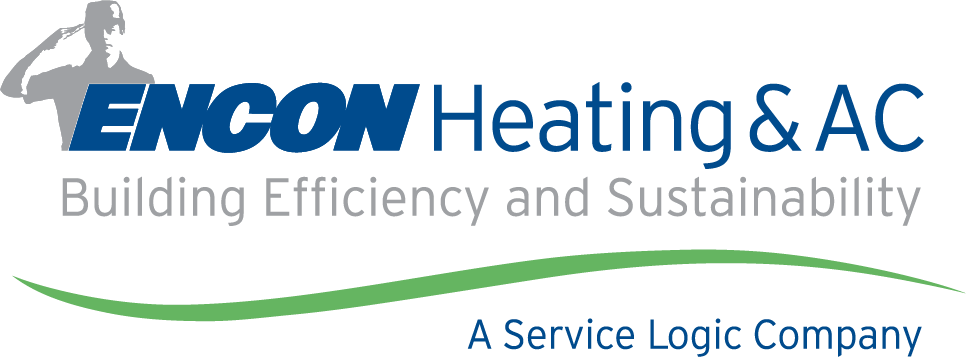Refrigerant Management: The Facility Manager’s Short & Sweet Guide
While it may not be top of mind, refrigerant management is an important topic. In fact, it can potentially mean the difference of tens of thousands of dollars on your commercial facility’s annual balance sheet, especially if your HVAC equipment is more than eight years old, but isn’t yet in need of replacing.
The purpose of this article is to give Connecticut area facility managers a solid grounding in what refrigerant management is, why it’s become so important of late, and the best way to approach the topic for your own commercial building.
A quick history of refrigerants
Man-made refrigerants (aka HFCs or HCFCs) were created decades ago and have been used consistently in both residential and commercial air conditioning, refrigeration, and freezer applications throughout that entire time. They are inexpensive and highly effective, so their popularity is understandable. The one drawback is that they’re extremely bad for the environment. Specifically, they helped create the hole in the ozone layer and contribute to the increasing level of greenhouse gases in the atmosphere.
As a result, starting about 20 years ago, many synthetic refrigerants started being phased out of use across the globe, replaced by environmentally safer alternatives.

Refrigerant phase-outs created “refrigerant management”
From the beginning of these phase-outs, the EPA (and its equivalent in other countries) extended them over a long period of time because they realized that demanding immediate large-scale retrofitting and/or replacement of millions of expensive commercial and residential HVAC systems and appliances would have had a detrimental effect on the economy.
That’s generally been a good thing for commercial building owners and managers because it means you’ve had plenty of time to plan and budget for compliance with official mandates. However, over 20 years without an enforceable law has had the opposite effect on some building owners and managers, lulling them into a false sense of security.
The R-22 phase-out
One of the current examples of the challenges building owners are facing when it comes to refrigerant management, take the long-standing phase-out of R-22, also known as Freon.
For over 40 years, Freon was the most popular synthetic Hydrochlorofluorocarbon (HCFC) in use as a refrigerant earthwide. While the EPA originally announced its intention in 1990 to eventually eliminate all production and use of R-22, no official phase-out plans were created or described until 20 years later, in 2010. Of course, during those two decades, millions of compressors and chillers were designed and manufactured specifically to run R-22 refrigerant, and it wasn’t until 2013 that the EPA suddenly instituted a significant reduction in production.
Since then, the phase-out has been aggressive, aimed at a January 1, 2020 date on which no more new R-22 will be manufactured or imported into the United States. This series of events has created a classic supply-and-demand problem for consumers: As supplies have dwindled, the price of R-22 has skyrocketed from $10-$12 per pound just a few years ago, to as much as $50 per pound today. That price is going to continue to rise as 2020 draws ever closer.
Bringing the issue home to commercial facility managers and building owners, what if you purchased a brand-new commercial HVAC system in 2010 that runs on R-22, having no way of knowing that this phase-out was on its way or what that would mean for your operating costs? Now you have a perfectly good system that’s just 7 or 8 years old, but it costs five times as much to keep charged as it did when you bought it!
Refrigerant management solves this problem
While the R-22 phase-out is probably the biggest and most immediate issue facing commercial facility managers when it comes to refrigerant management, the following simple principles should help with any similar issues going forward.
- Get your equipment thoroughly inspected - It’s important to determine how much refrigerant your HVAC system is likely to need throughout a typical cooling season, measure its efficiency, and use that data as a starting point for smart decision making going forward.
- For minor leaks or standard charging, paying the higher price may be all you can do - Although it’s awful to pay five times what you used to for minor leak repairs and recharging, that still may be a tiny fraction of the cost of replacing your equipment at this point, and worth the cost to keep your Connecticut HVAC system operating efficiently for more of its expected life cycle.
- Explore the possibility of retrofitting - While retrofitting older equipment to utilize different refrigerant isn’t always the best option, especially since retrofitting often adversely affects the system’s efficiency — it could be a smart stopgap for newer equipment with a significant lifespan left in it.
- Work with a reputable refrigerant reclaimer - While phased-out refrigerants can no longer be manufactured or imported new, you will still be able to obtain a reclaimed or recycled refrigerant that meets EPA standards. After January 1, 2020, this will be the only legal source of R-22.
- Start making plans now to completely replace your HVAC system - As much as it may hurt from a capital expenditure standpoint, it’s better to bite the bullet and get ahead of this necessary evil rather than remaining in denial as the cost of phased-out refrigerant continues to skyrocket. Talk it up as part of your company’s green initiatives and be sure to explore any available grants, incentives, or rebates available to buildings making this hefty investment.
Whether you’re facing the R-22 phase-out directly, or just want to learn more about how your facility can better handle refrigerant management, the energy engineers and qualified technicians at Encon will be more than happy to help. Contact us with any questions or concerns.

